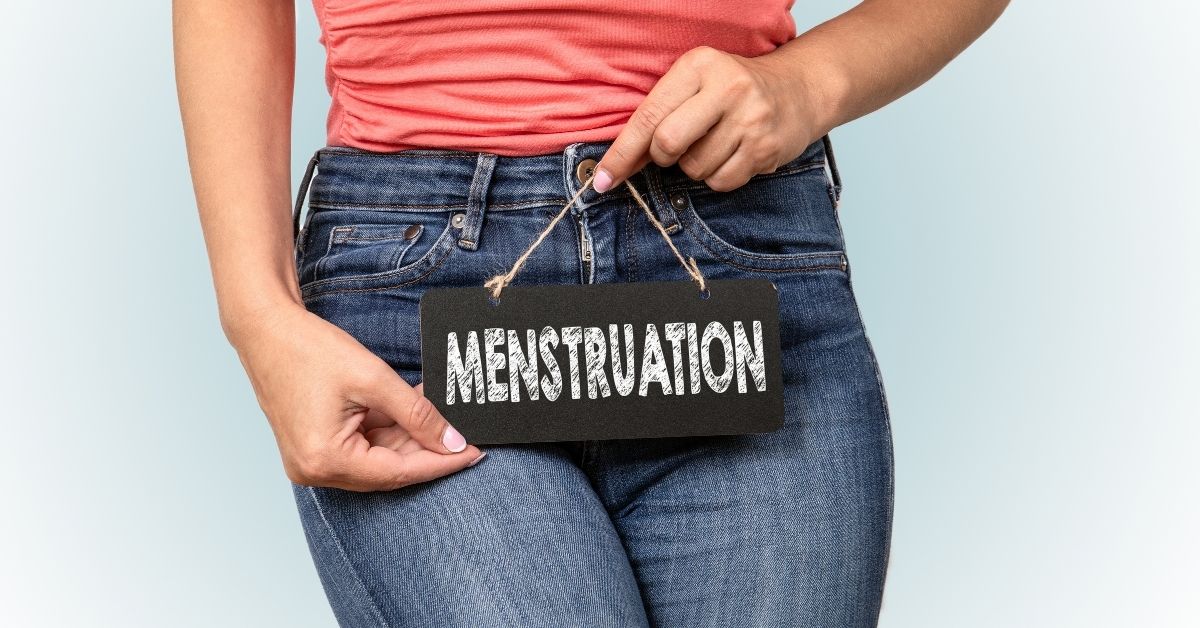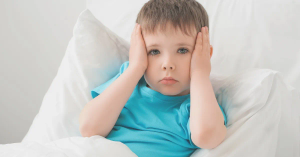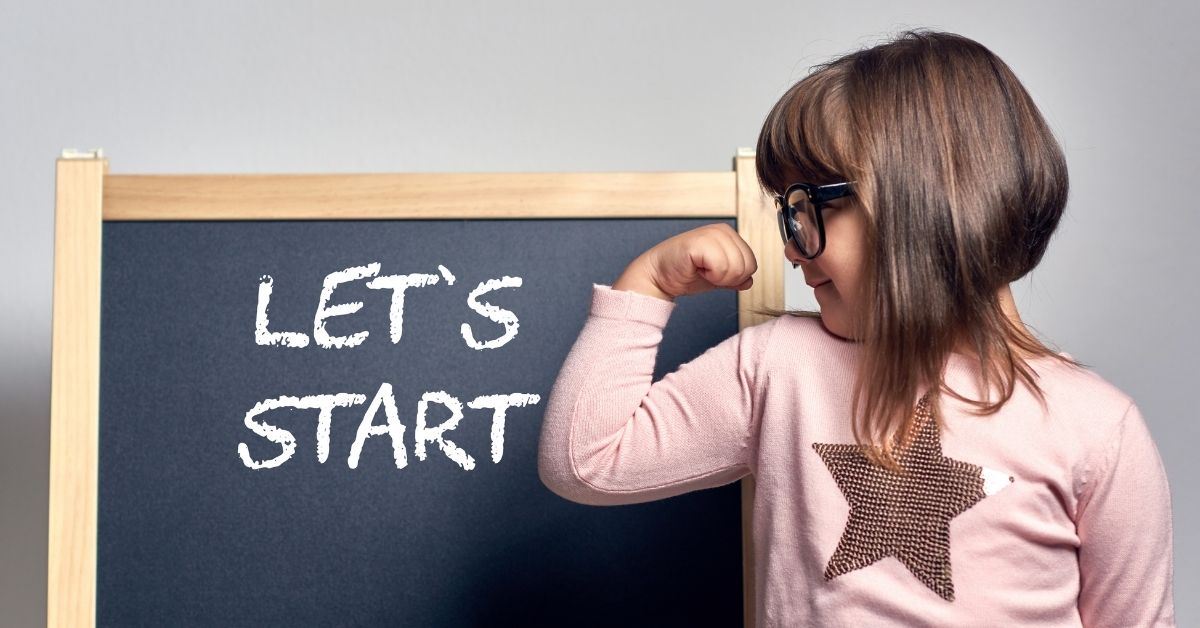We've all witnessed this moment: a child falls, tears well up in their eyes, and an adult quickly responds, "Don't cry. Be strong." Though often well-intentioned, these words carry the weight of generations of emotional suppression. It's time we ask ourselves: What are we really teaching our children when we tell them not to cry?
Breaking Down the Stigma
In our quest to raise resilient children, we've somehow equated emotional expression with weakness. We've created an unspoken hierarchy where stoicism sits at the top while tears are relegated to the basement of human experiences. But nature, in its infinite wisdom, gave us tears for a reason. They are not a design flaw in our emotional architecture; they are a feature.
Think about it: we're telling our children, "Hide a fundamental part of your human experience because it makes others uncomfortable." Would we tell them not to laugh when they're happy? Not to smile when they're excited? Then why do we rush to suppress their tears?
The Science of Crying
The science behind crying is fascinating. When we cry, our bodies release oxytocin and endorphins, nature's own stress relievers. Emotional tears even contain chemical components different from those we shed while chopping onions. Our bodies literally process emotional stress through our tears. By teaching children to suppress this natural response, we're not making them stronger – we're interrupting their body's built-in healing mechanism.
A New Narrative
Let's paint a different picture for our children. Imagine a world where we say:
- "It's okay to cry. Your tears are valid."
- "Your emotions make you human, not weak."
- "Sometimes, feeling sad or hurt is part of being alive."
- "You can be strong and still cry."
We need to understand that emotional stability doesn't mean the absence of emotions – it means having a healthy relationship with all our feelings, including sadness. When we teach children to suppress their tears, we're not building emotional fortitude; we're creating emotional dams that will eventually crack under pressure.
The Long-Term Impact
The consequences of emotional suppression are well-documented. Adults who were taught to "toughen up" often struggle with emotional intimacy, stress management, and mental health issues. They carry the weight of unprocessed emotions, like heavy stones in their emotional backpacks, wondering why relationships feel so difficult, why vulnerability seems so scary.
Building Emotional Intelligence
Instead of passing down our own emotional limitations, let's offer our children a new inheritance: emotional intelligence. Let's teach them that tears are like emotional cleansing rain – they wash away the dust of difficult experiences and make room for new growth. When we allow our children to cry, we're teaching them several valuable lessons:
- All emotions are valid and deserve acknowledgment
- Processing feelings is healthier than suppressing them
- Vulnerability is not weakness – it's courage in its purest form
- Being human means experiencing the full spectrum of emotions
A Call to Action
Parents, educators, and caregivers, this is our call to action. Let's break the cycle of emotional suppression. When a child cries, resist the urge to immediately stop the tears. Instead, create a safe space for them to experience their emotions. Hold them if they want to be held. Sit with them in silence if that's what they need. Let them know that their tears don't diminish their strength – they're evidence of their humanity.
Conclusion
Remember, we're not just raising children; we're nurturing future adults who will either continue the cycle of emotional suppression or create a more emotionally intelligent world. The choice is ours. Let's choose to value emotional authenticity over artificial strength. Let's teach our children that sometimes, the bravest thing they can do is allow themselves to cry.
After all, tears are not a sign of weakness; they're proof that we're alive, that we feel, that we care. And in a world that often feels increasingly disconnected, isn't that exactly what we need more of?








